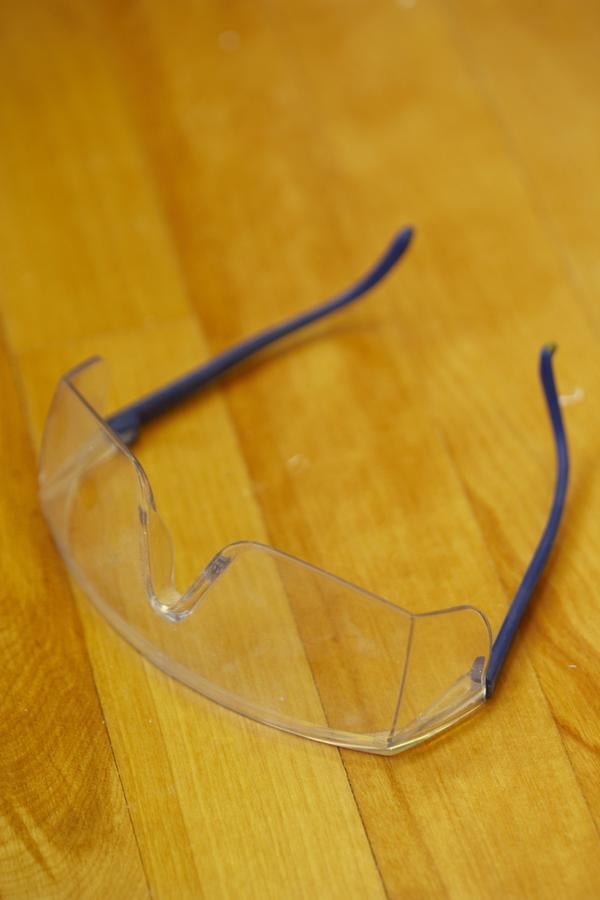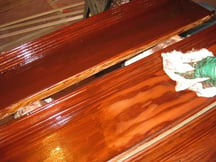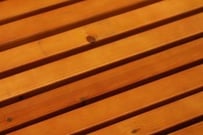Commercial and Industrial Painter Safety Practices Everyone Should Keep In Mind

Painting is a great way to enhance the beauty of a home or office but it can also be a job that can result in some serious chemical contamination if you aren’t careful. Do yourself a favor and act to protect yourself while painting on a professional basis. As an industrial or commercial painter, you’ll want to follow the following steps to limit your exposure to unhealthy substances while doing your job.
Protect Your Skin
It’s bad for you to get paints, solvents and sanded materials on your hands when working as a painter, but you’ll be handling the substances daily. That’s why it’s important to get some long-sleeve shirts, some pants, closed sneakers and strong nitrile gloves (can be found online at websites like BulkNitrileGloves.com) to protect yourself while working. Ensure that waterproof protective equipment is worn and that you are fully protected against all the risks that you’ll face while painting.
 Keep Particles out of Your Lungs
Keep Particles out of Your Lungs
Use a high-quality dust mask when you’re sanding or painting with strong substances. The mask will keep particles out of your lungs and help you stay in good health over time. It’s important to realize that even the best masks will miss some of the smallest particles, so keep the area ventilated as well when doing something like sanding down walls and other surfaces before painting the area. Rather than a dust mask, a respirator may be required depending on the materials you are disturbing.
Ensure Excellent Ventilation
When working with solvents and most paints, be careful to work in well-ventilated environments. This will reduce the risk of working with these materials and the health hazards that they cause. Open windows and doors and rely on fans or other devices to keep fresh air flowing through the space. This helps remove any harmful odors and chemicals in the air, keeping the space nice and clean.
 Protect Your Eyes
Protect Your Eyes
While painting there is always a risk of hurting your eyes, especially when painting up above the head. That’s why it is so important to invest in safety goggles to protect your eyes. Get a good pair of goggles or glasses to cover your eyes, or rely on a face mask to keep particles out. This will keep your eyes in good shape and you’ll thank the protective gear the first time that paint splatters or drips over top of your eyes.
Safety Doesn't Happen By Accident:
Follow the above steps and you shouldn’t have too many problems with your health while working as a painter. Always follow OSHA requirements should they apply to the work being done. Just be careful that you don’t skip any of the safety precautions, or you’ll risk letting paint, solvents and other substances through all your protective measures.
Other related articles you might find helpful:
OSHA Compliance Checklist: Will You Be Ready If OSHA Visits You?
RRP Conundrum: To Test or Not to Test for Lead Paint.

Guest Blogger: Tom Masters has been working in the construction industry since he was a child. Lately he prefers the business end and writing about the trade. He is currently working with Contractors Today



 One of the most common choices to go with, varnish provides a protective glossy overcoat. It comes in stained colors or clear. You can choose from water based or oil based and a small quantity can go a long way. The best part about varnish is that you can use it on wood both inside and outside of the home. Varnish can be very flammable so it is best to keep it away from open flames.
One of the most common choices to go with, varnish provides a protective glossy overcoat. It comes in stained colors or clear. You can choose from water based or oil based and a small quantity can go a long way. The best part about varnish is that you can use it on wood both inside and outside of the home. Varnish can be very flammable so it is best to keep it away from open flames.
 Stay away from safflower oil and carnauba oil, since both are not highly rated for finishing stained wood.
Stay away from safflower oil and carnauba oil, since both are not highly rated for finishing stained wood. Guest Blogger: Tom Masters has been working in the construction industry since he was a child. Lately he prefers the business end and writing about the trade. He is currently working with
Guest Blogger: Tom Masters has been working in the construction industry since he was a child. Lately he prefers the business end and writing about the trade. He is currently working with 





